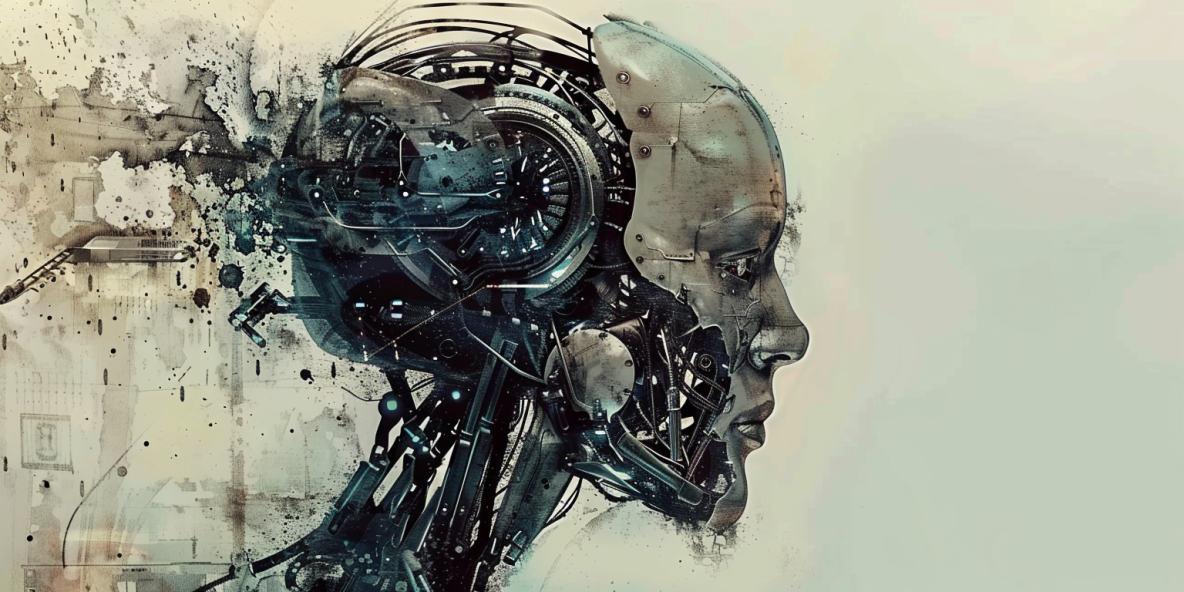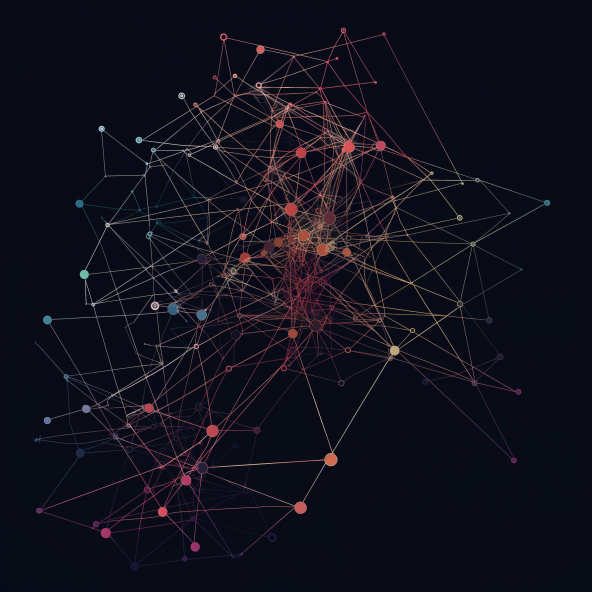ai-models
neural-networks
Generative AI
🤖 Artificial Intelligence in Simple Terms

🤖 Artificial Intelligence in Simple Terms
Imagine asking a machine to write a poem, paint a sunset, or generate a video of a dancing dinosaur — and it actually does it. Welcome to the world of Generative Artificial Intelligence.
In this guide, I’ll take you by the digital hand and walk you through the main concepts behind generative AI: what it is, how it works, and why it's becoming one of the most powerful tools of our time. All explained in plain, creative language.
🎨 What Is Generative AI?
Let’s start from the beginning.
Generative AI is a type of artificial intelligence that can create things — from texts and images to music, videos, code, 3D models, and more. It’s not just about answering questions or automating tasks; it’s about producing new content that never existed before.
How does it do that?
By learning from massive amounts of data.
Imagine you want to teach a robot to paint. You show it thousands of paintings and say, “this is art.” Eventually, the robot starts creating its own paintings — not by copying, but by generating something completely new, inspired by what it learned.
That's generative AI in a nutshell.
🧠 But What Is an AI Model?
Now, let’s open up the AI’s brain (don’t worry, it doesn’t feel anything).
An AI model is a system — or more precisely, an algorithm — trained to perform a specific task. Think of it like a musical instrument. The more you practice with it, the better it gets at playing the right note.
At the heart of this model lies something called a neural network.
Neural Networks: The Brain Inside the Machine
A neural network is a structure inspired by the human brain. It’s made up of millions (or even billions) of small processing units called neurons. These neurons are connected to each other, and they "talk" using math — not language or thoughts.
Each connection has a weight, which is just a number that tells the network how strong that connection is. The system learns by adjusting these weights during training. The better the weights are adjusted, the more accurate the AI becomes.

🧪 What Is “Training” in AI?
Great question. 🎓
Training is the process where an AI model learns from data. Imagine showing the AI a million examples of cats and dogs, along with the correct label for each one. The AI tries to guess which is which, and every time it gets it wrong, it tweaks its weights a little.
This process repeats millions or billions of times.
Eventually, the model becomes so good at recognizing patterns that it can say, “That’s a cat!” with very high accuracy — even if it's never seen that particular cat before.
This is true not only for images, but for text, audio, video, and more.
🧼 Why Is High-Quality Data So Important?
Here’s a golden rule of AI:
Garbage in, garbage out.
If you train a model with low-quality, biased, or messy data, it will learn — but it will learn the wrong things.
Think of the AI as a sponge. If you fill it with clean, well-organized, diverse information, it will produce smart and helpful results. But if you fill it with noise, junk, or biased content, it will behave in unpredictable or even dangerous ways.
That’s why companies spend millions curating the perfect datasets — clean, labeled, and as diverse as possible.
⚡ The Hidden Cost: Energy and Infrastructure
Training a powerful AI model isn’t just about smart algorithms.
It’s also about raw computing power — and a lot of electricity.
To give you an idea:
- Training GPT-3 (an LLM with 175 billion parameters) required thousands of GPUs running for weeks, consuming megawatts of energy.
- The estimated cost? Several million dollars just to train the model once.
This has sparked debates about the environmental impact of AI, especially as demand for larger and more powerful models increases.
That’s why optimizing models — making them smaller and more efficient — is a major focus in AI research today.
📏 How Big Is an AI Model?
AI models are often measured by the number of parameters they have. A parameter is like a memory cell — it stores a little piece of what the model has learned.
Examples of model sizes:
| Model | Type | Parameters |
|---|---|---|
| GPT-2 | LLM | 1.5 billion |
| GPT-3 | LLM | 175 billion |
| GPT-4 (estimated) | LLM | ~500+ billion |
| Stable Diffusion | Image generation | ~890 million |
| BERT | Language model | 340 million |
The more parameters a model has, the more complex patterns it can learn — but it also requires more data, more energy, and more time to train.
That’s why bigger isn’t always better. A smaller model trained with excellent data can outperform a larger one trained poorly.
🤖 Does AI Really Think?
Let’s pause here and ask a philosophical question:
Does AI actually think?
Not really.
AI doesn’t have emotions, consciousness, or awareness. It doesn't understand like we do. It doesn’t dream of electric sheep. 🐑⚡
Instead, it operates by identifying statistical patterns in data. It responds based on probabilities, not beliefs or understanding. This makes it incredibly powerful for specific tasks — but also limited in unexpected ways.
So, AI is not intelligent like a human — it’s intelligent like a calculator on steroids.
✨ Why Is This Revolutionary?
Because we’ve never had a tool like this before.
Generative AI can:
- Write stories, essays, and code
- Generate images and videos from text
- Create voices and music
- Understand and summarize complex documents
- Collaborate with humans to solve creative problems
And the most amazing part? It keeps getting better.
If you’re not using AI today, chances are your job will change because of it — and soon.
🎬 Ready to Learn More?
If you liked this guide, you can follow me on:
Or dive deeper into how AI works by exploring more lessons at 4Geeks.com
The future is not written. But now, it can be generated.